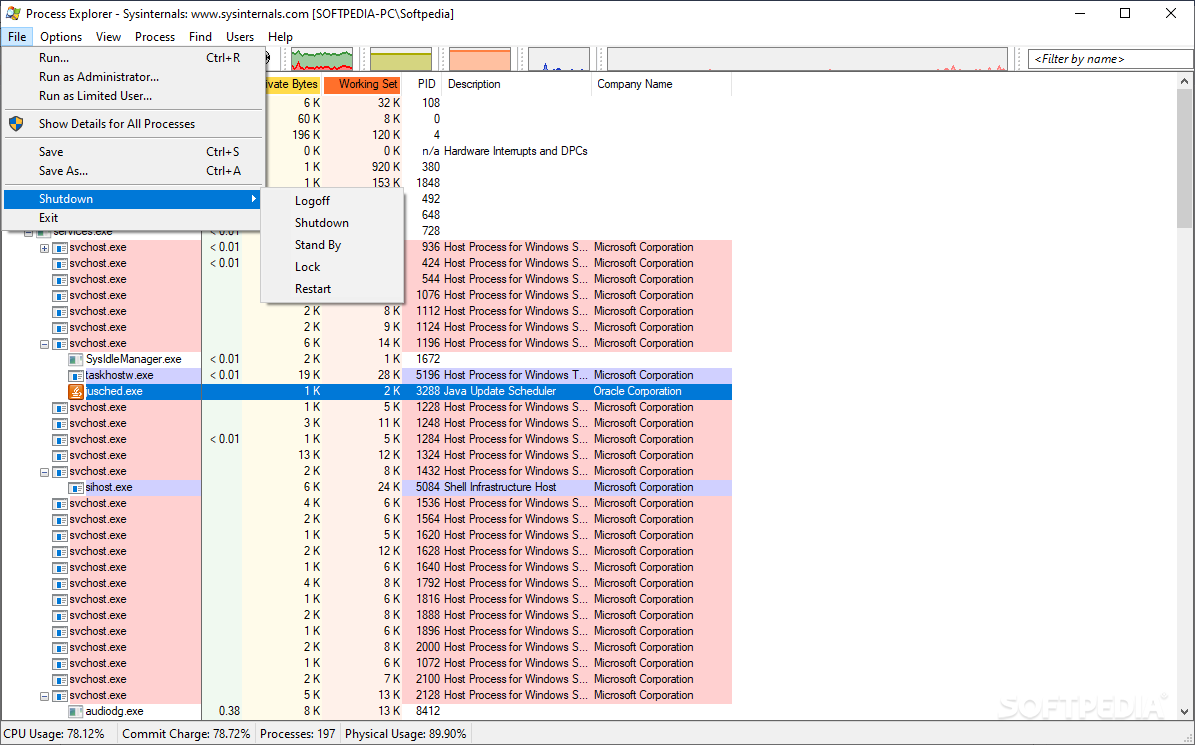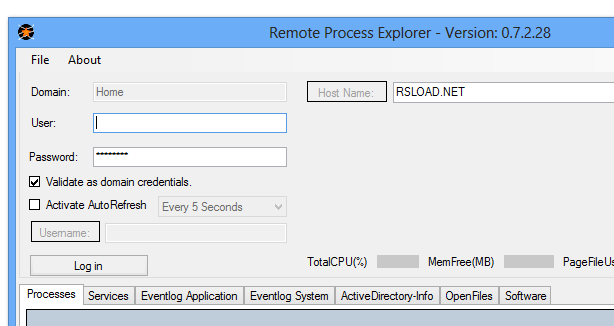

The USN (Update Sequence Number) 3 journal contains entries for the executable that is dropped on the disk. As such, it is interesting to get the list of running processes and their arguments. However, depending on the closure of the tool, the service and/or the executable may be incorrectly removed. Please note that there is no event when the PsExec tool removes the service. Several other states can be recorded, and are listed in. Once the attack is completed (shell terminated), the same event with %2 valuing “stopped” is issued. The latest event is generally followed by the following event once the service has started: Provider When the service is created, the following event is generated : ProviderĬontains the Service Name, the executable name and account running the service User must have SC_MANAGER_CREATE_SERVICE or SC_MANAGER_ALL_ACCESS on SCM (Service Control Manager), which is the case by default for Administrators and SYSTEM accounts 2 The following events are generated at user logon: Provider Several artifacts are linked to the operation mode of the attack: Several tools implementing PsExec techniques exist and some specific artifacts can be retrieved, even with a default event log policy. All rights reserved.Ĭ:\Windows\system32 Process cmd.exe finished with ErrorCode: 0, ReturnCode: 0 Impacket Library Installation Path: /usr/local/lib/python3.9/dist-packages/impacket Impacket v0.9.22 - Copyright 2020 SecureAuth Corporation These differences are explained in the next paragraph. There are slight differences between the two implementations hereafter. It starts the service and, depending on the implementation, wraps commands entered by the attacker in the previously created named pipe.It creates a service that run as NT AUTHORITY\SYSTEM and runs the previously uploaded executable file.This binary uses a named pipe to wrap stdin, stdout and stderr file descriptors It uploads an executable file in a share (generally the ADMIN$ shared folder) on the target remote computer.Original SysInternals PsExec and its derivatives (Impacket, RemCom) work the following way:

PsExec was intended for administrators, but was quickly adopted by pentesters and real-life attackers. SysInternals developed the PsExec utility in order to circumvent this lack of built-in tools. Historically, there were no “legitimate” ways to natively execute remote commands.

Moreover, as most lateral movement techniques require administrator privileges, it is legitimate to wonder about the integrity of the artifact left (e.g. On the other hand, setting up an exploitable configuration is a tedious process 1. In particular, the addition of Sysmon-like event logging allows keeping tracks of file creation and process spawning. It is possible to get more logs by modifying the configuration. Please note that artifacts mentioned in this article are collected from a system with default configuration.
#PROCESS EXPLORER REMOTE MACHINE WINDOWS#
There are several ways an attacker can execute commands on a Windows system. The attacker then tries to spread on other workstations or servers, and execute commands.

A typical compromise starts with an attacker obtaining access to a workstation, through phishing for instance.


 0 kommentar(er)
0 kommentar(er)
